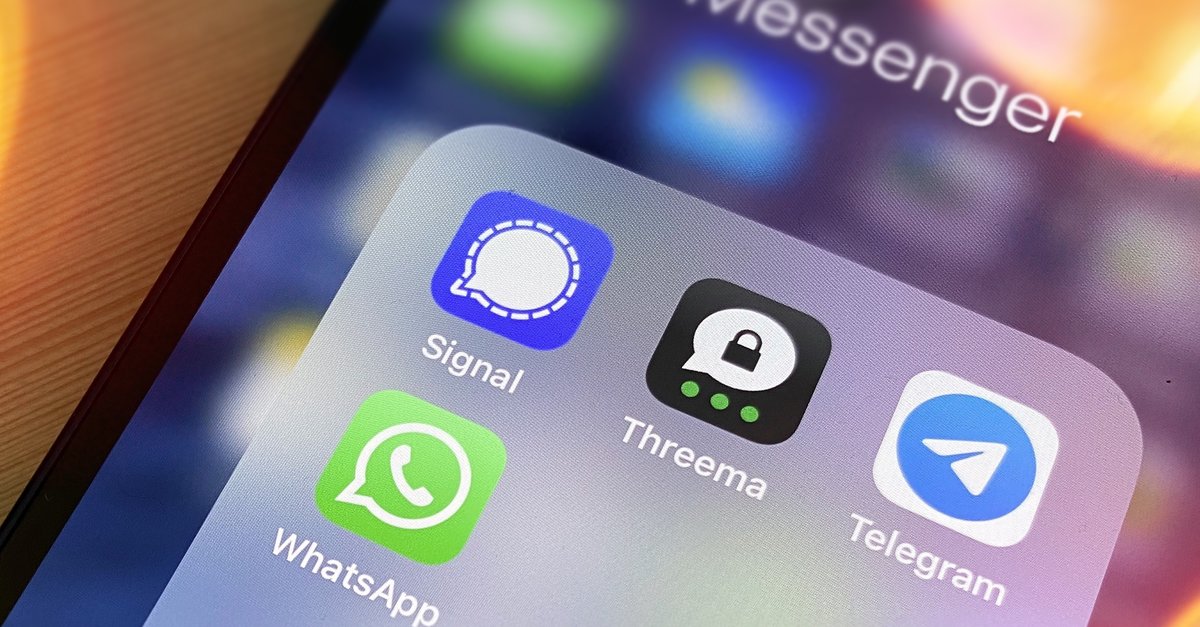Apple insider reveals details about the technology comeback
The upcoming iPhone 13 is getting more and more concrete every day in the rumor mill. The comeback of a popular technology was already known, now there are even more details to tell – GIGA summarizes the current gossip about the new Apple cell phone.
So much was already certain: the iPhone 13 will get Touch ID (fingerprint sensor) back. Most recently, Bloomberg reporter and Apple expert Mark Gurman told us about it. Now another voice can be heard in the Apple Insider choir. Also Joanna Stern of the Wall Street Journal picks up on the rumor and becomes even more specific.
First of all, it confirms that the fingerprint sensor will actually sit in the display of the iPhone 13. Face ID (face recognition) still exists, so the user will actually have two options for biometric recognition at hand in the future. Useful in situations when one or the other option cannot be used, for example if we have to wear a mask these days – Face ID fails, Touch ID jumps into the breach.
iPhone 13 receives an optical in-display fingerprint sensor from Apple
Stern claims to have learned from a former Apple employee that the US manufacturer will use an optical in-display fingerprint sensor. This solution for reading fingerprints is supposed to work more reliably in the end than the alternative with ultrasound. Both technologies are used by the Android competition, with the newer and more secure option being detection by ultrasound. Optical recognition, on the other hand, relies on a 2D image – it is therefore faster, but also much less reliable.
With the iPhone 13, Apple users no longer have to decide, both options are possible:
This doesn’t sound like Apple at all, the iPhone manufacturer would certainly not use technology that is potentially unsafe. Stern also agrees and promises that Apple’s solution should in no way be vulnerable and should adhere to the same standards that the classic touch ID sensor already adheres to. Ultimately, one possible solution for Apple would be to use optical-capacitive hybrid sensors. They are as fast as optical in-display fingerprint readers, but cannot be tricked that easily.
What else does the iPhone 13 offer?
After what we have already learned, Apple will improve the iPhone 13 mainly in details, but the basic design will remain unchanged. A 120 Hz screen should be new in the Pro models. All models should also receive the LiDAR scanner and optical image stabilization with sensor shift – previously pure pro features. A release can be expected again in September 2021, so the postponement to October as in 2020 remains an exception.


